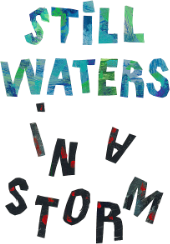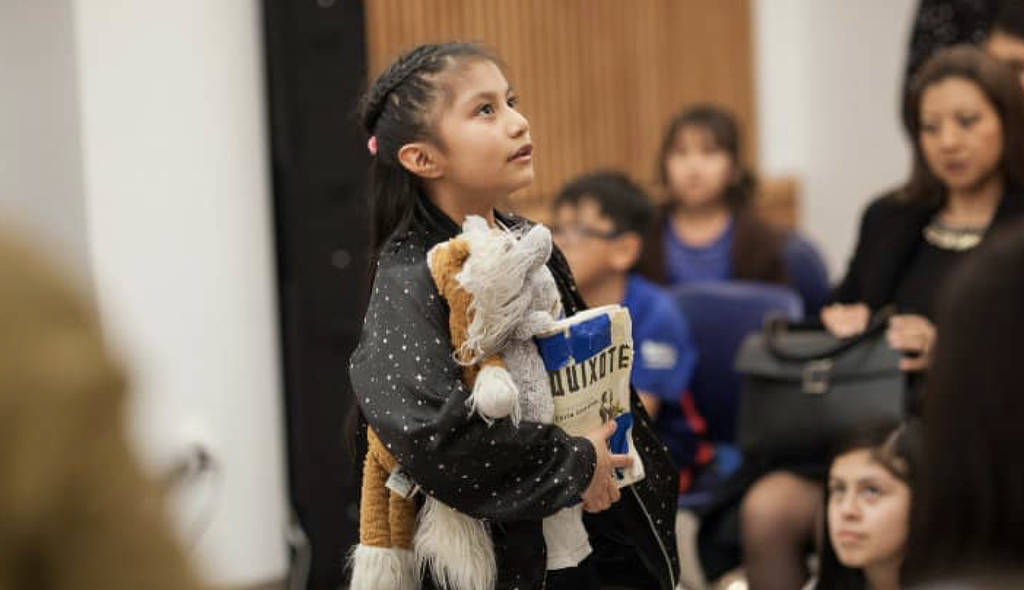News
Quixote Project
The Traveling Serialized Adventures
of El Hidalgo Ingenioso Don Quixote de La Mancha
Video by Thelma Boyiri
The group’s running translation combines Spanish and English and is being adapted and performed collectively by the kids as a series of brief, traveling adventure plays in non-theatrical settings, such as apartments, offices and classrooms, all around New York City. A “Greek Chorus” of children sings original songs written by the students, songs inspired by the novel and by their own lives. Renowned composer Kim Sherman is teaching the children music theory and lyric writing.
We are also studying the historical context in which the book is situated, including the atrocities of imperial Spain and the Spanish Inquisition–a time and place remarkably similar to our own in its xenophobia and scapegoating and extremes of wealth and poverty. We are assisted in this study by professors William Egginton of Johns Hopkins University and Diana Conchado of Hunter College.
“The great novel has never been in better hands.” —Edith Grossman, Translator
The families of Still Waters have left their native soil for the promise of prosperity and peace, only to run into the hard reality of the Bushwick barrio, just as Don Quixote leaves his village in order to live out his fantasy of heroism and discovers that the world can be hostile to dreams. His persistence in the face of unforgiving obstacles runs parallel to the unquitting determination of these families. Quixote maintains a child-like innocence and a genuine desire to help others just as the students at Still Waters remain innocent and compassionate even as they are surrounded by many types of violence, including the destabilizing force of gentrification and the daily traumas of living in poverty and fear of deportation.
Translation, across languages and borders and cultures and identities, is a fundamental experience of these children and their families. They live in two worlds and must always move between the two, the children often helping their parents, for whom the duality of the immigrant life is especially difficult, by negotiating between Spanish and English at school, the doctor’s office or in court. The multiple translations of this project, crossing art forms, history, geography, fiction and reality in addition to language, widen the very idea of translation. Collective storytelling and choral singing are ways of belonging to a community, or making a community. These compositions are both emotional, imaginative expressions and deliberate social actions. Here, the children belong.

